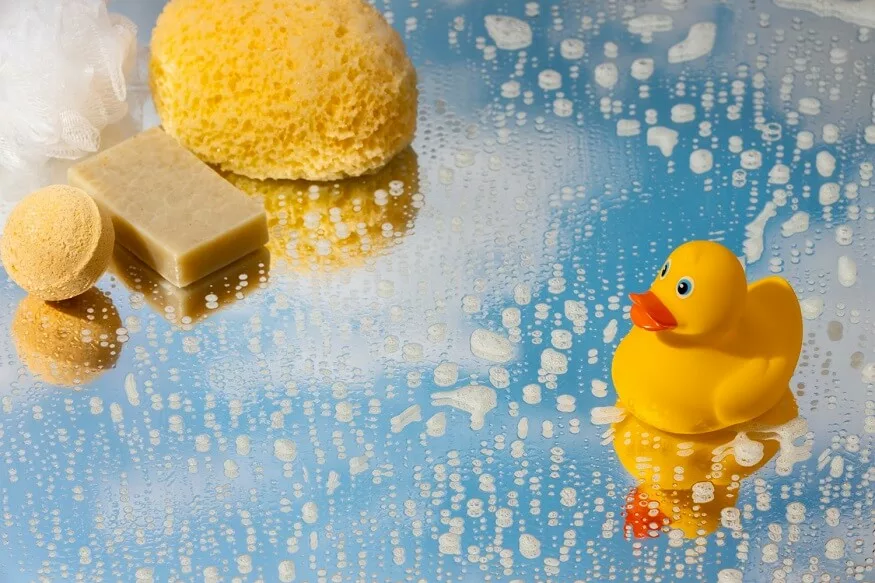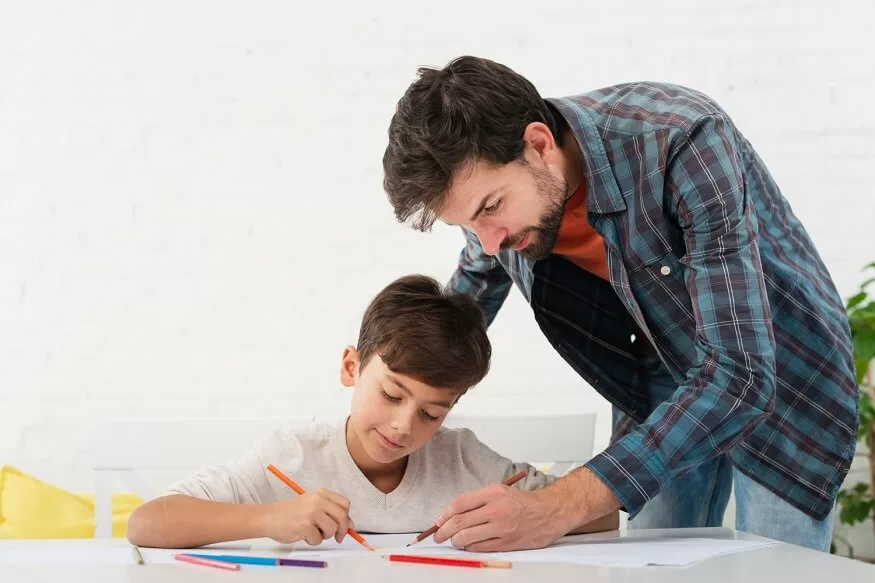Teaching kids about different types of flowers is not just an exploration of nature’s palette but a journey that unfolds the wonders of biodiversity, colours, and the poetic language of petals. In this floral odyssey, we immerse ourselves in the blooming classroom, discovering the educational treasures that blossom as we introduce children to the kaleidoscopic world of flowers.
Also Read: How to Help Baby Develop Their Senses of Taste & Smell? Try These Activities!
The Language of Flowers: Teaching Diversity
- Diverse Flower Types: Teaching kids about different types of flowers is an invitation to explore the rich diversity within the plant kingdom. From the simplicity of daisies to the intricate beauty of orchids, each flower type unfolds a unique story in the vast tapestry of nature.
- Variety of Shapes and Sizes: Flowers come in an array of shapes and sizes, each adaptation serving a specific purpose in the plant’s life cycle. Teaching children to recognise the variety in floral structures nurtures their observational skills and understanding of plant anatomy.
- Cultural Significance: Beyond their physical attributes, flowers hold cultural significance. Teaching kids about flowers introduces them to the symbolism attached to different blooms in various cultures, enriching their understanding of traditions and celebrations.
Teaching Colours of Nature
- Introduction to Colour Spectrum: The world of flowers is a living canvas of colours. Teaching kids about different types of flowers is an interactive lesson in the colour spectrum, as they encounter the vibrant hues spanning from the deep blues of cornflowers to the fiery reds of roses.
- Hands-On Colour Identification: Hands-on activities such as flower colouring or creating a flower colour wheel enhance colour recognition skills. Teaching children to identify colours through flowers transforms the learning experience into a visual feast.
- Teaching Pigments: For older children, explaining the concept of pigments in flowers deepens their understanding of colour science. The vivid red of a tulip or the golden glow of a sunflower becomes a gateway to understanding the biochemical processes that create colour in plants.
Also Read: Outdoor Sensory Play for Preschoolers Engaging the Senses for Learning and Fun
Teaching Types and Names of Flowers
- Learning Flower Names: Teaching kids the names of different types of flowers introduces them to the basics of taxonomy. From daffodils to dahlias, each flower comes with its unique identity, turning the learning process into a playful exploration of language.
- Alphabetical Flower Exploration: An alphabetical exploration of flowers, where each letter corresponds to a different bloom, transforms flower education into a linguistic adventure. From asters to zinnias, children not only learn about flowers but also reinforce their alphabetic knowledge.
- Memory and Recall Games: Engaging memory and recall games with flower names strengthens cognitive skills. Quizzes, flashcards, or simply recounting the names of flowers encountered during a walk in the garden enhance memory retention in a fun and interactive manner.
Teaching Life Cycle Lessons
- Seed to Bloom: Teaching kids about different types of flowers offers a front-row seat to the drama of plant life cycles. From the humble seed to the vibrant bloom, children witness the miraculous journey of a plant’s life, fostering an early appreciation for nature’s cycles.
- Germination Activities: Hands-on activities like planting seeds and observing germination provide tangible experiences of the lifecycle. Teaching children about the conditions needed for a seed to sprout and transform into a plant brings biology to life in a practical and engaging manner.
- Nature Journaling: Encouraging children to maintain a nature journal, where they document the growth of a flower from seed to bloom, nurtures their observational skills and creates a personal connection with the natural world.
Also Read: 12 Fun Plant Crafts for Preschoolers To Play And Learn
Teaching Pollination
- Introduction to Pollination: Teaching kids about different types of flowers is a gateway to the fascinating world of pollination. From butterflies sipping nectar from vibrant blooms to bees collecting pollen, children learn about the vital role flowers play in the ecosystem.
- Hands-On Pollination Activities: Crafting simple models of flowers and engaging in hands-on pollination activities, like transferring “pollen” between flowers, makes the learning experience interactive and memorable. Such activities provide a tangible understanding of the pollination process.
- Butterfly and Bee Education: Delving into the lives of butterflies and bees, explaining their role as pollinators, not only teaches kids about different types of flowers but also instils a sense of environmental stewardship as they understand the interconnectedness of life.
Teaching Flower Anatomy
- Petals, Stamen, and Pistil: Teaching kids about different types of flowers is an opportunity to introduce them to flower anatomy. Learning about petals, stamen, and pistil not only enhances their botanical knowledge but also sparks curiosity about the specialised roles each part plays.
- Dissecting Flowers: For older children, hands-on activities such as dissecting flowers provide a deeper understanding of flower anatomy. This tactile exploration transforms abstract concepts into concrete, observable details.
Also Read: What Are The Playground Etiquette For Children and Parents
Connecting Literature and Nature
- Floral Storybooks: Integrating literature with flower education introduces children to enchanting stories that feature flowers as protagonists. Reading books where flowers come to life in tales fosters a love for storytelling and expands their imaginative horizons.
- Writing Flower Stories: Encouraging children to create their flower stories, whether through written narratives or drawings, promotes creativity and language development. This intersection of literature and nature creates a holistic learning experience.
- Nature-Inspired Poems: Exploring poetry that celebrates the beauty of flowers introduces children to the poetic language of nature. Encouraging them to compose their nature-inspired poems nurtures self-expression and an appreciation for the written word.
Botanical Gardens and Nature Walks
- Educational Excursions: Taking children to botanical gardens or nature reserves transforms flower education into an immersive experience. Guided tours, where experts share insights about different types of flowers, provide a real-world extension to classroom learning.
- Nature Walks and Scavenger Hunts: Organising nature walks or scavenger hunts in local parks allows children to observe and identify flowers in their natural habitat. Such outdoor activities combine physical exercise with the joy of exploration.
Teaching Environmental Awareness
- Sustainability Discussions: Teaching kids about different types of flowers naturally leads to discussions about sustainability. Explaining the importance of preserving natural habitats and planting native flowers fosters a sense of environmental responsibility.
- Upcycling Flower Projects: Transforming discarded materials into flower-themed crafts instils the values of upcycling and creativity. Children learn to appreciate resourcefulness and contribute to environmental conservation through creative projects.
- Community Planting Initiatives: Involving children in community planting initiatives turns flower education into a collective effort. Participating in tree-planting events or community gardens fosters a sense of belonging and social responsibility.
EuroSchool nurtures students like blossoming flowers, fostering growth, curiosity, and a vibrant love for learning.










